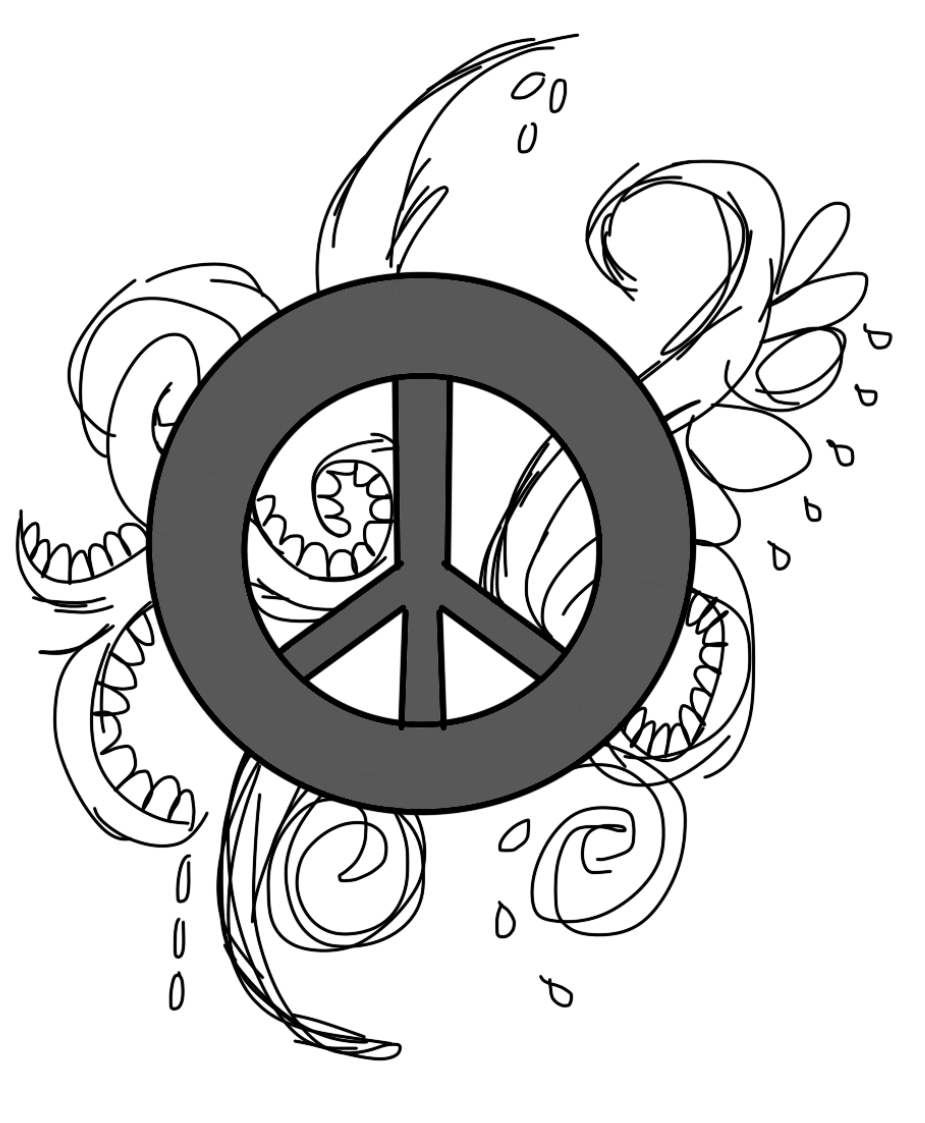
Valerie Pavilonis
Quentin Tarantino is 25 years older than he was when he made “Pulp Fiction.” The director’s autumnal age might explain the mellower pace of his new film, “Once Upon A Time … In Hollywood.” But there is no sign that Tarantino is a more mature director in 2019 than he was in 1994, and his film suffers immeasurably as a result.
Insofar as the film has a plot, it tracks the lives of two guys from the film industry as their lives intersect with the Manson Family in Los Angeles of 1969. Leonardo DiCaprio takes on the role Rick Dalton, a former TV star now reduced to playing the “heavy” in cheap flicks. Brad Pitt plays Cliff Booth, Dalton’s even-more-down-on-his-luck stunt double. Sure, Dalton lives next to Roman Polanski, high in the Hollywood Hills, and we occasionally see Margot Robbie’s bimbo-ish Sharon Tate. But Tarantino prefers to show us the midsize studios and mid-priced restaurants that have become the daily reality for an actor sliding back down into irrelevance.
And this is where the problems begin. Tarantino is so obsessed with place that he neglects almost every other aspect of the film. There are -— literally — thousands of details that show off the director’s painstaking research into the world of the late ’60s. But an awareness of pop culture is not enough to make an emotionally convincing film. Tarantino may have created a loving homage to Hollywood, but he is never quite sure which kind of Hollywood he wants to celebrate. “Once Upon A Time” flits between the Western, film noir, black comedy and even that most popular of genres: a film about filmmaking itself. The result is that the film’s mood changes constantly, which makes it appear disjointed and hinders our investment in the characters and action.
There are times, certainly, when the film revs up and starts to grab at our attention. I use “rev” deliberately, as many of the film’s best moments occur in automobiles. Few films contain so many scenes shot from behind the wheel, and few directors are better than Tarantino at making us feel the thrill and freedom of driving fast. Brad Pitt is also a triumph as Cliff Booth. Armed with a charming grin and a pair of Aviators, Pitt shows us someone completely comfortable playing number two. Ordinarily, the scene where Cliff agrees to fix Rick’s TV antenna might seem pathetic, but Pitt makes us believe he doesn’t mind, and — after a while — neither do we. After all, Hollywood has always played host to some strange relationships.
Yet the film’s better moments cannot make up for what happens near the ending, when the would-be Manson killers go to the wrong house and are disposed of in extraordinarily graphic fashion. What troubled me most was that throughout this extended scene, the audience laughed. I was reminded of the laughter reported at the public execution of Elizabeth I’s Jewish doctor Antonio Lopez. Literary scholar Stephen Greenblatt thought that the London mob’s reaction to this gruesome murder was key to why Elizabethan audiences found Shylock’s plight in “The Merchant of Venice” so funny. Nowadays, laughing at Shylock’s humiliation — regardless of his previously cruel behavior — would rightfully be considered a sign of deficient compassion. Tarantino is exploiting one of the lowest parts of our nature when he plays — for laughs — a shot of a teenage girl being torched by a flamethrower.
But I don’t think Tarantino’s depiction of extreme violence is merely morally dubious. I also believe the concluding brawl diminishes much of what came before in the film. Something truly horrible happened on August 8 and 9, 1969. Instead of confronting these events and treating them with the seriousness they deserve, Tarantino prefers to play make-believe. It did not have to be this way. An excellent earlier scene has already shown the Manson’s cult in all its creepiness. Tarantino opts to throw all this build up away for a comic-book punch-up with the good ol’ boys of the ’50s thumping the drugged-out hippies.
The director might defend himself by pointing to the title. “Once Upon A Time…” suggests a fairy tale, a form which actively tries to escape the constraints of the real. Indeed, as a response to tragedy, indulging in make-believe might be necessary for a child. For an adult like Tarantino, such a response is both pernicious and pathetic.
Isaac Gruber | isaac.gruber@yale.edu







